Backpacking Panama: Your Ultimate Travel Guide

Best Time to Visit Panama
The best time to travel to Panama is during the dry season, which is their summer. This season begins in December and lasts until the end of April. On the other hand, the wet season runs from April to December, with November being the rainiest month. It's important to note that November is also a month filled with national holidays, making it more expensive and crowded due to the increased local travel. However, certain regions like Bocas Del Toro and the San Blas Islands have their own unique climates, with scattered rainfall throughout the year. Similarly, highland areas such as Boquete and El Valle de Anton experience more frequent rainfall. Despite this, the rainfall is rarely too severe, so don't let it deter you from visiting these incredible destinations.
Entry & Travel Requirements
Entering Panama and onward travel are both hassle-free. Most nationalities can enter Panama and acquire a 180 day tourist visa upon arrival without any prior actions required. Even South Africans, who often face travel restrictions, can easily travel to Panama. So, if you've been longing to explore this beautiful country, Panama welcomes you with open arms!
Must-Visit Places
Panama City
Most travelers start their journey in Panama City, and it truly surprised me. With its impressive skyline, beautiful old city center, and numerous skyscrapers, Panama City has a charm of its own. However, I must admit that waste management could be improved in the city. Nonetheless, I had a great time exploring and immersing myself in the vibrant atmosphere of Panama City.
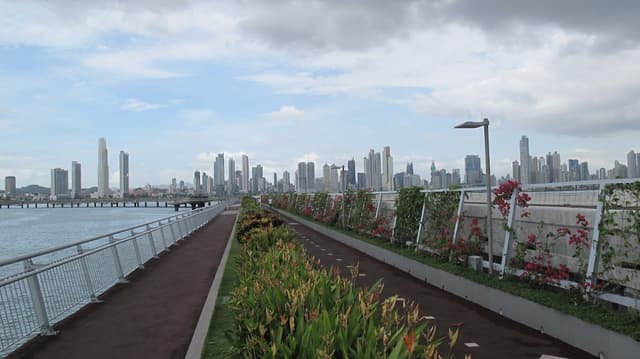
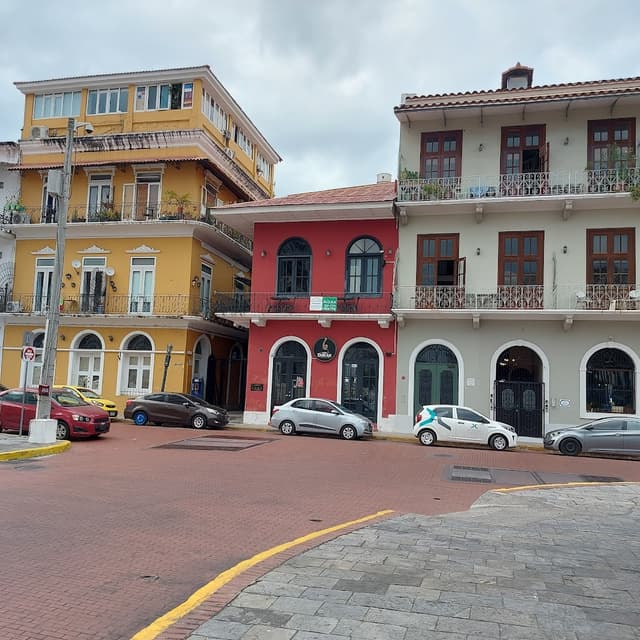
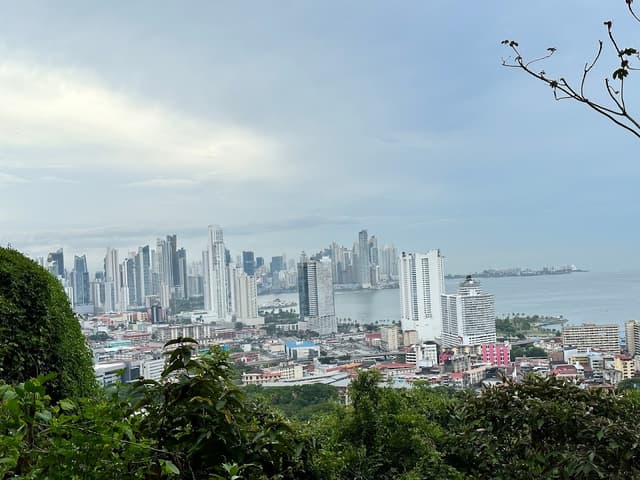
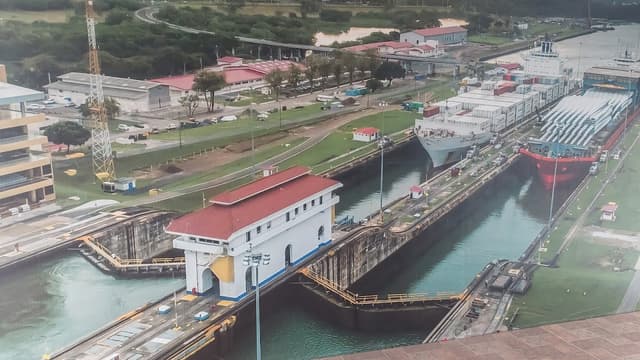
San Blas Islands
If you're not arriving in Panama City, another popular way to enter Panama is through the San Blas Islands. You can join a sailboat excursion from Colombia, crossing the ocean and visiting these stunning islands before reaching Panama City. Alternatively, you can take an excursion from Panama City to the San Blas Islands, which is often more affordable and avoids a bumpy open sea ride.San Blas Islands quickly became one of my favorite places in the world. The crystal-clear waters, white sandy beaches, and untouched natural beauty make it a true paradise. I highly recommend checking out my separate video for an in-depth guide to this incredible destination.
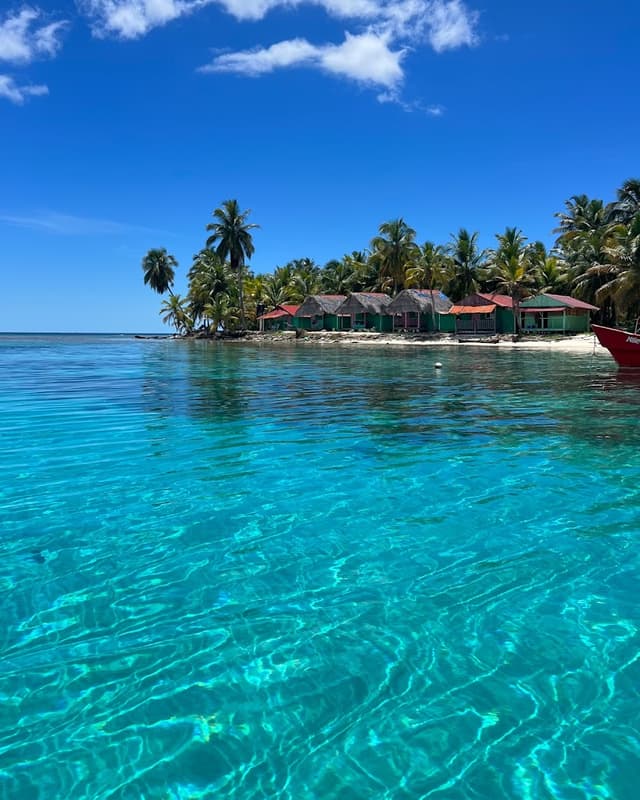
Time for an extra stop?
From Panama City, I faced a decision: whether to visit El Valle de Anton, an old volcanic crater known for hiking, or head to the Pacific coast.
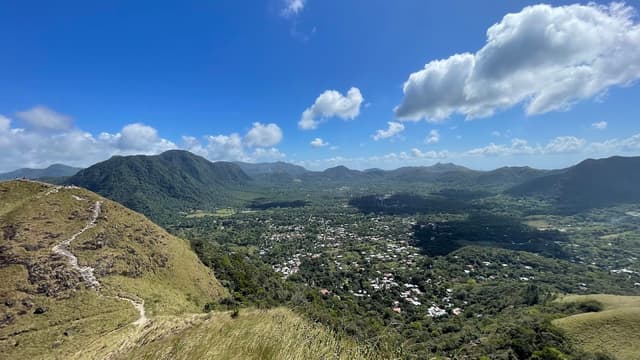
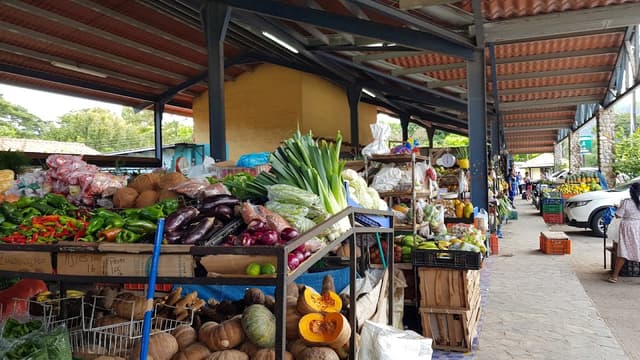
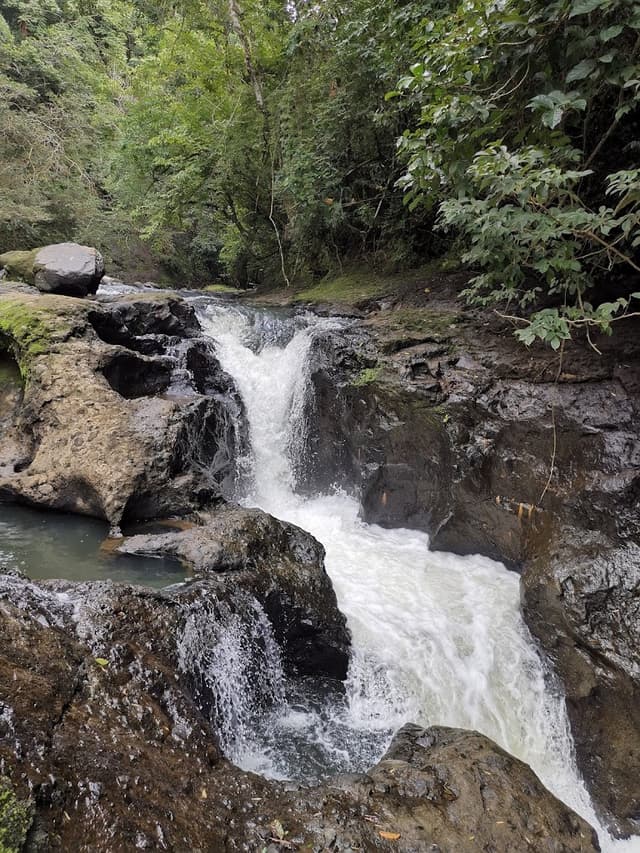
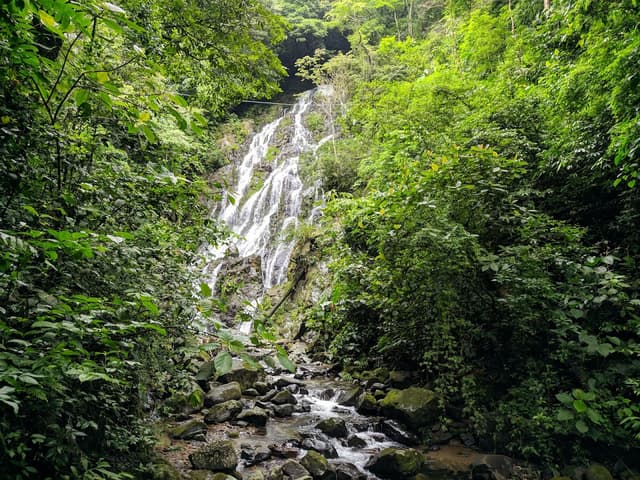
Due to my personal preferences and limited availability of public transportation, I chose to explore the Pacific coast. Punta Chame is a popular spot for kite surfers, off the beaten path for other travelers.
Another popular stop for backpackers is Playa Venao, a surf town with not much else to offer. It's where the first Selina Hostel was opened, which has now grown into one of the biggest hostel chains.
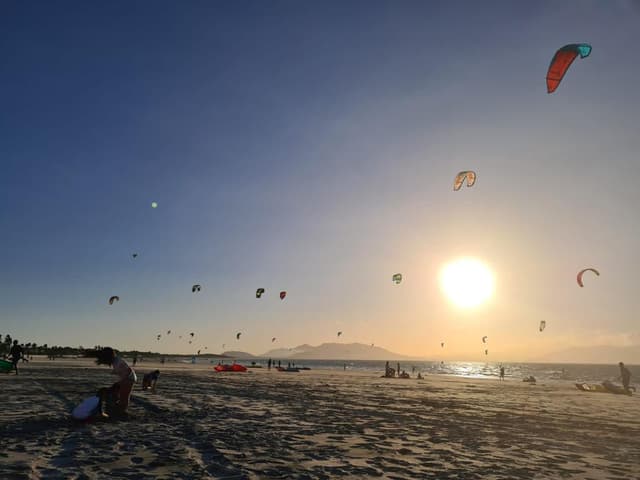
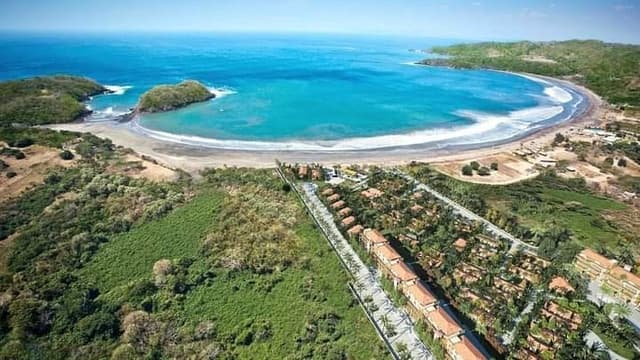
Santa Catalina
I decided to skip the above mentioned coastal towns and headed straight to Santa Catalina, which also boasts stunning beaches and serves as the gateway to Coiba National Park. Coiba Islands are often referred to as the Galapagos of Central America, with Coiba Island itself being the largest island in Central America. I went diving there and was mesmerized by the abundance of marine life, including sharks, rays, and even whale sharks and whales during the right season. If diving is not your thing, you can also enjoy snorkeling trips or overnight tours on the islands, which depart from the local fishing town of Santa Catalina. Trust me, it's worth every penny!
In Santa Catalina itself there are 2 main beaches. The one close to town is best for sunsets, however not a good option to swim and surf, because the river joins the ocean here and it's not the cleanest water. The beach at Oasis Surf Camp is the best beach for surfing, swimming and even a weekly karaoke party.
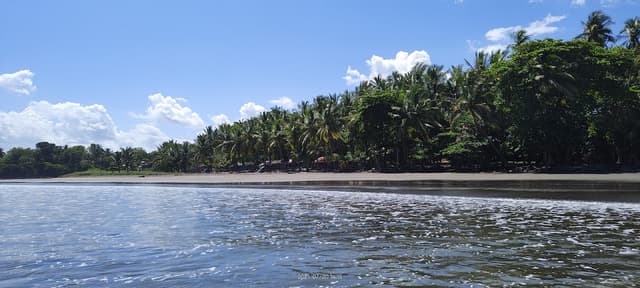
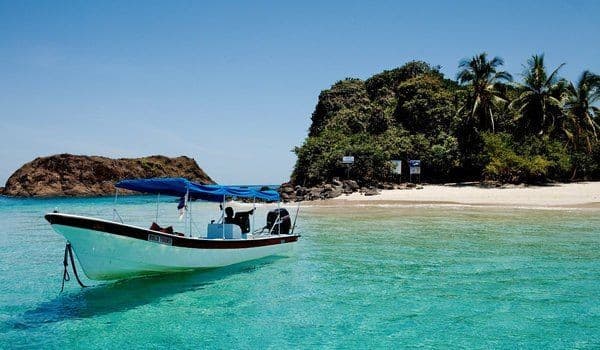
Boquete


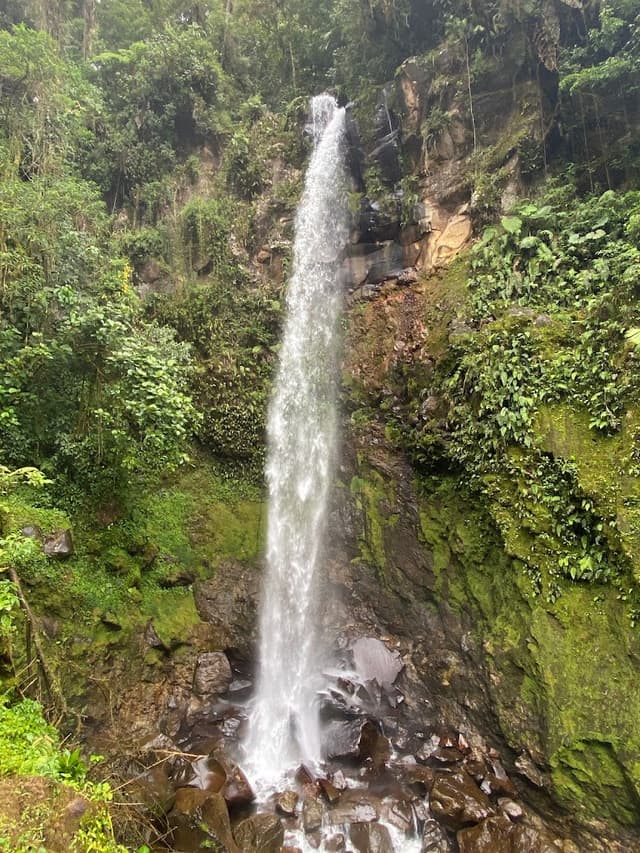
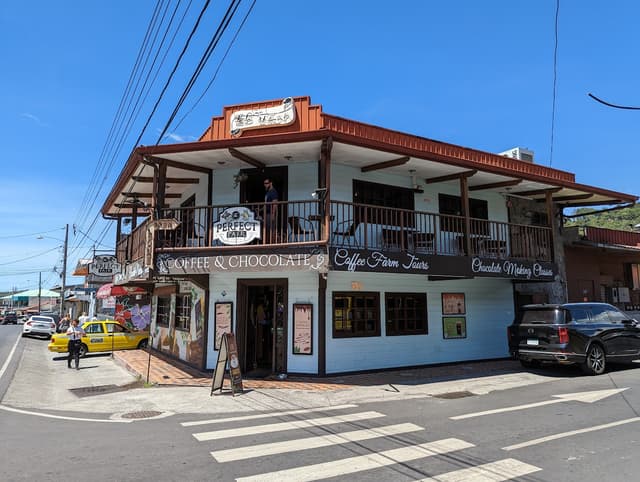
Lost and Found Hostel
One destination that is hard to leave is the Lost and Found Hostel, located in the northern cloud forest of La Fortuna National Park. This unique hostel offers a range of experiences, from horseback riding to cool treasure hunts. It's a social hub with family dinners, hammocks to relax in, and a lively bar. The best part is that it's conveniently located on the way from Boquete or David to Bocas Del Toro, making it a must-stop destination.
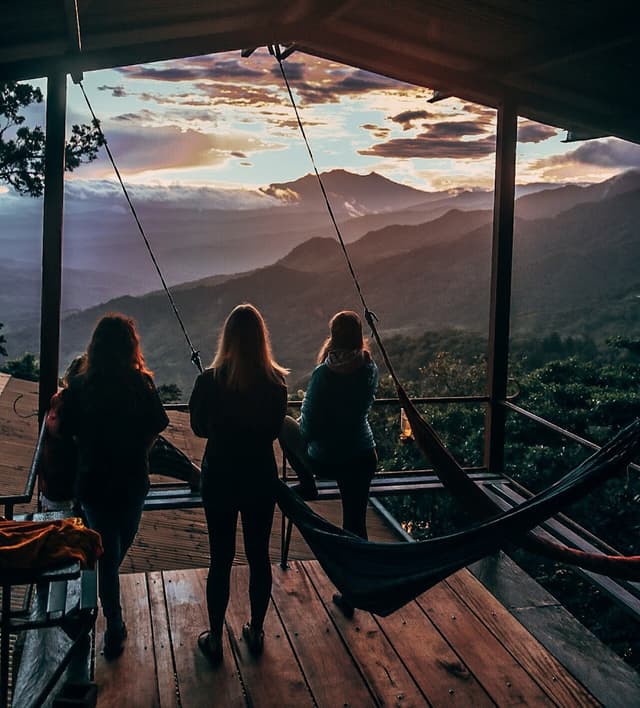
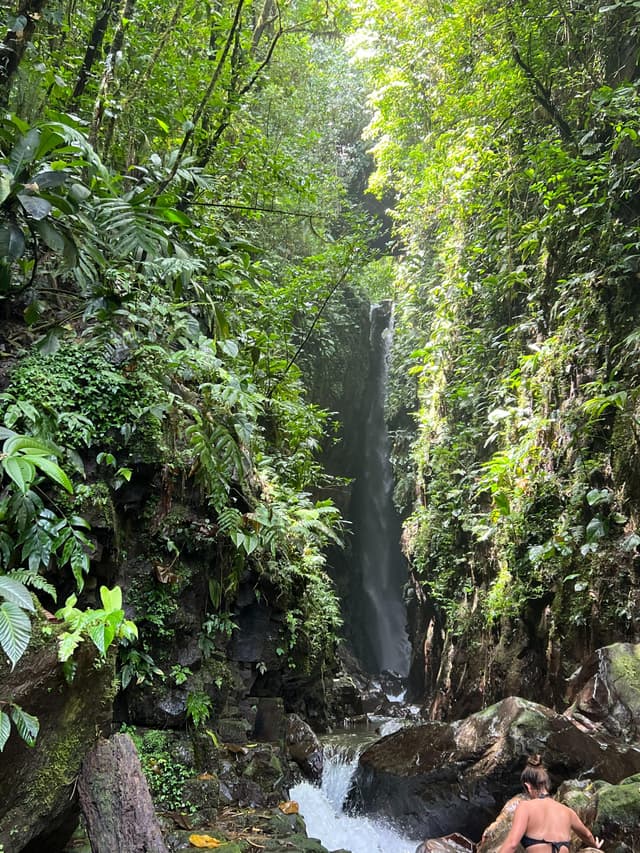
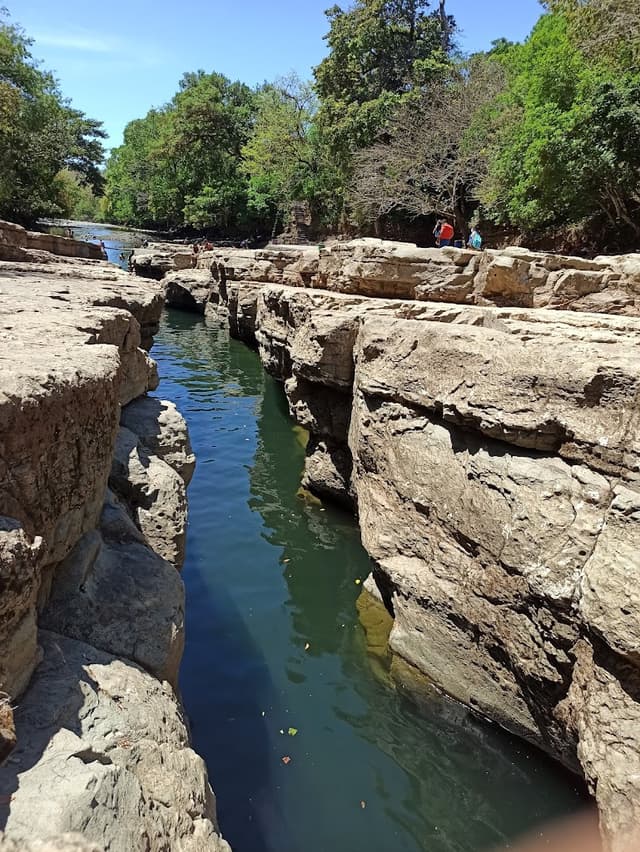
Bocas Del Toro
Lastly, we have arrived at Bocas Del Toro, one of my favorite stops in Panama. This archipelago at the northernmost tip of the Caribbean coast offers stunning beaches and a vibrant island atmosphere. One of the highlights for me was the Zapatilla Keys day trip, where I experienced paradise on a whole new level. The tour took us to the most beautiful island.
There are a lot of cool bars around, the floating bar being a very unique experience. If you're in Bocas Del Toro on a Friday, don't miss out on Filthy Fridays, a popular bar-hopping event among backpackers.
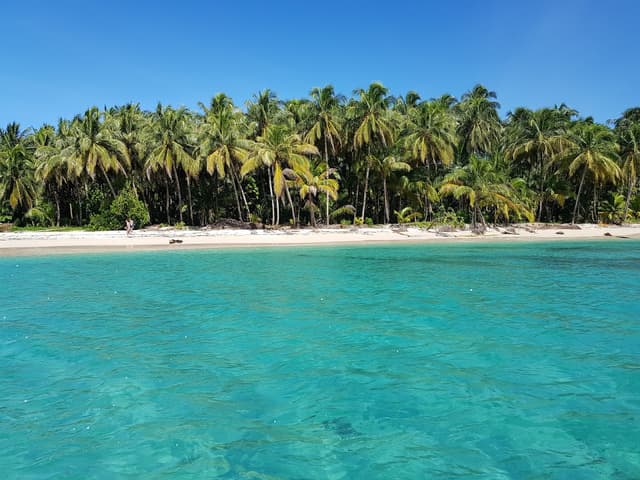
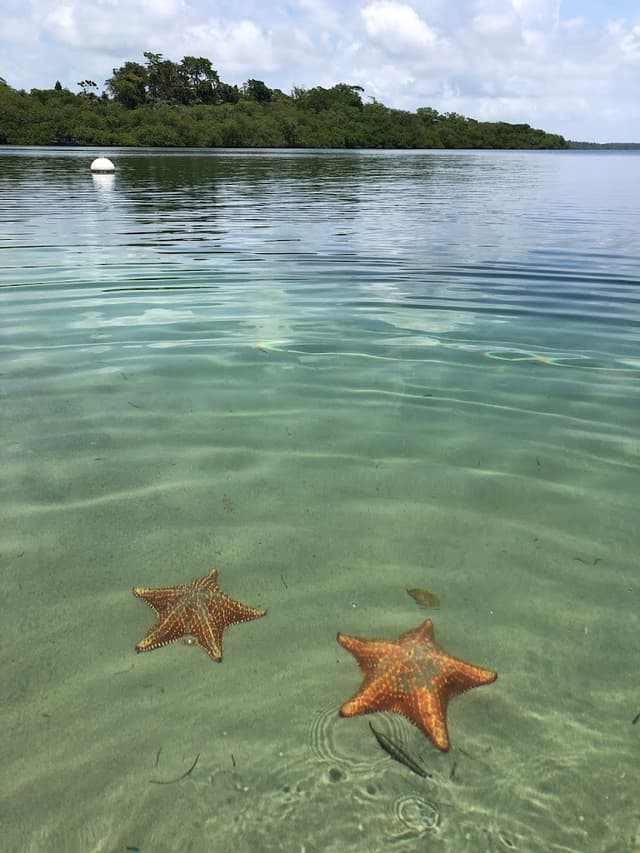
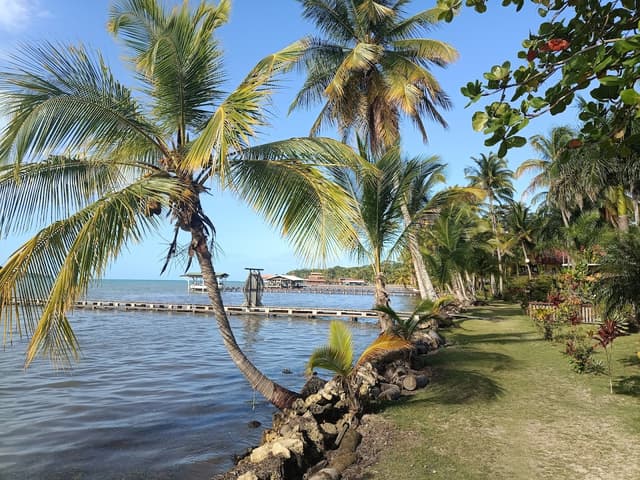
Getting Around and Accommodation
Transportation in Panama can be done either through public transportation or shuttles. Public transportation, although not always direct, is the cheaper option. Locals at each stop assist you in finding the right connection. If you prefer a more comfortable and convenient option, shuttle services are available, providing door-to-door transportation. Personally, I used local transportation for most of my journey, except for Santa Catalina to Bocas Del Toro, where I opted for a shuttle due to the hassle of multiple connections. For accommodation, I recommend using the Hostelworld app to find the best-rated hostels within your budget. There are many great options, and the app allows you to filter by rating and value for money.
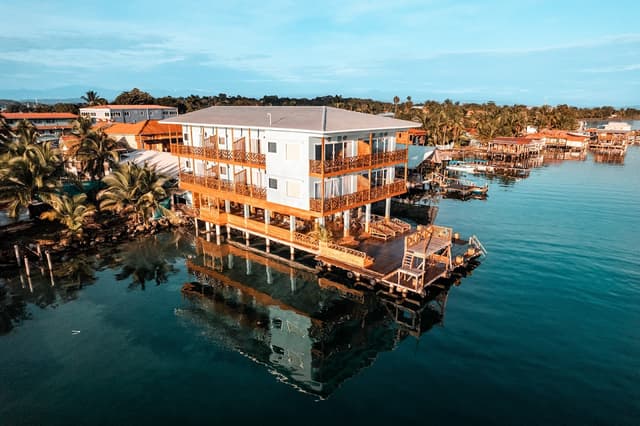
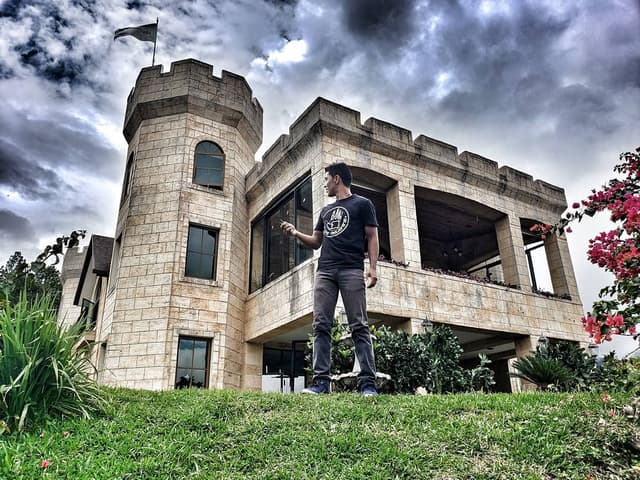
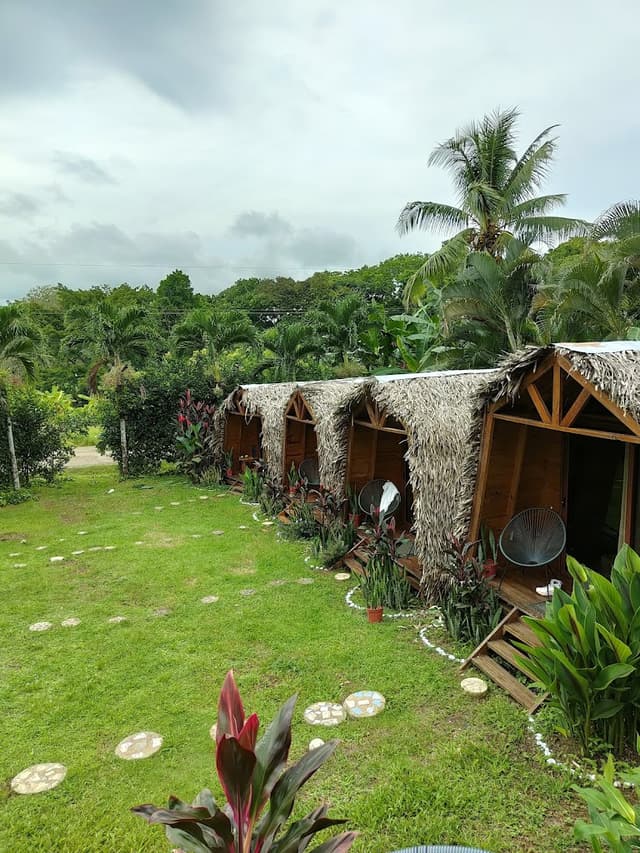
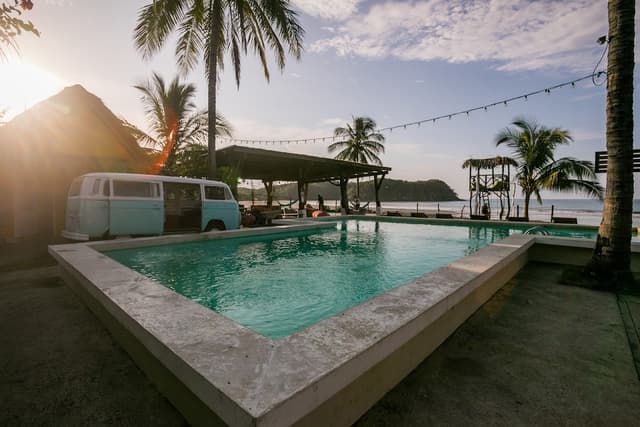
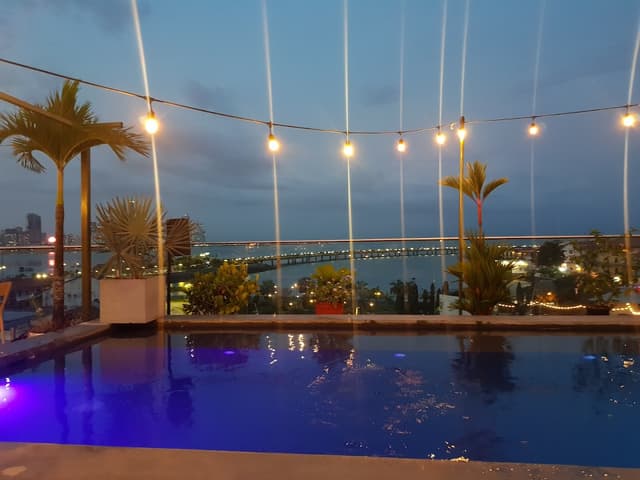
Budget
Let's talk money! In Panama, the currency is the Balboa, which is equivalent to the US dollar. It's advisable to bring US dollars to avoid excessive ATM fees, as most places accept card payments. On average, my daily expenses were as follows:
- Transportation: $6
- Accommodation: $15
- Activities: $28
- Food: $13
This brought my total daily budget to approximately $60. However, please note that my expenses were higher due to engaging in various incredible activities, such as diving and island tours. If you're on a tighter budget, you can easily reduce your daily expenses by eating at local fondas or preparing meals at the hostel's kitchen. Likewise, if you're mainly focused on activities like surfing, your expenses may be lower. Ultimately, it's up to you to choose how much you spend, but rest assured, you can have an amazing experience in Panama even on a lower budget.
The home for unique & authentic travel